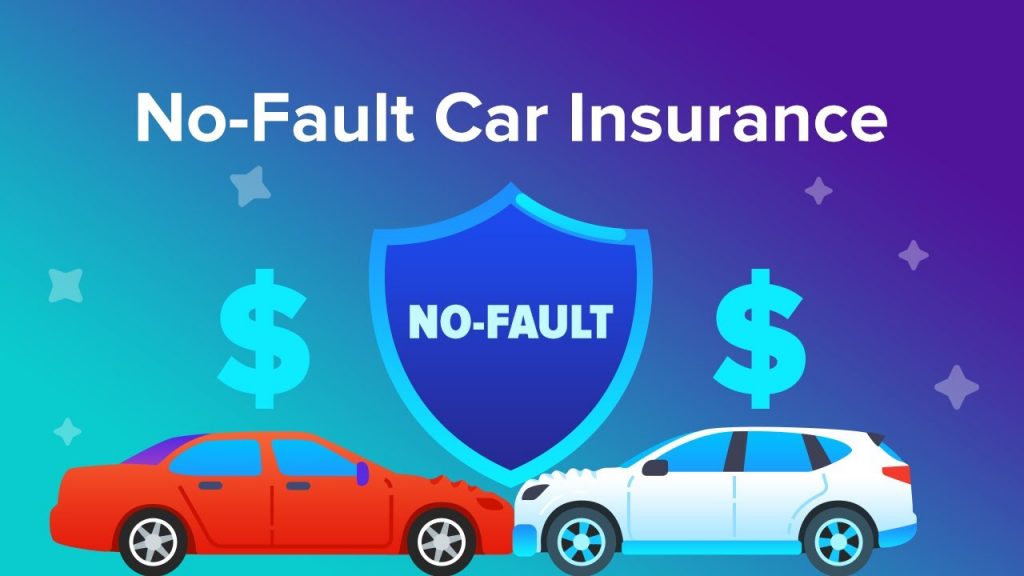There are many misperceptions regarding what no-fault insurance is and how it functions. So, let’s begin with the basic definition, often referred to as personal injury protection insurance (PIP). Which can help you cover you and your passengers’ medical expenses and financial damage in the event of an accident; regardless of who made a mistake.
The last paragraph’s tail end clears that no-fault insurance is significant and different from other auto insurance types. Such as comprehensive, collision, and liability, which reimburse for the losses subject to who made a mistake in the accident. As long as your chosen policy covers the accident, PIP coverages bear the expenses of medical bills, income losses, and other interconnected expenses. That have to pay you or your passengers (after the limit of the deductible has exceeded).
Can You Drop No-Fault Insurance?
In 18 states, no-fault is obligatory. Notably, some states require that medical payments insurance (or med pay) cover the expenditure of medical services that occur due to accident.
No-Fault Insurance’s Coverage
Here are some incentives that no-fault policyholders and their passengers get:
- Medical care expenses resulting from the accident
- Loss of income due to inability to work
- Expenditure of Funeral Ceremony
No-Fault Insurance and Coverage for Theft
This No-fault insurance does not cover the loss of stolen items, but your comprehensive insurance policy covers it.
No-Fault Insurance and Coverage for Damaged Vehicle Due to Accident
Even though no-fault policy insurance covers financial damages, collision insurance would bear the expense of repairing your vehicle, or the other driver’s liability policy would do – not by no-fault insurance.


